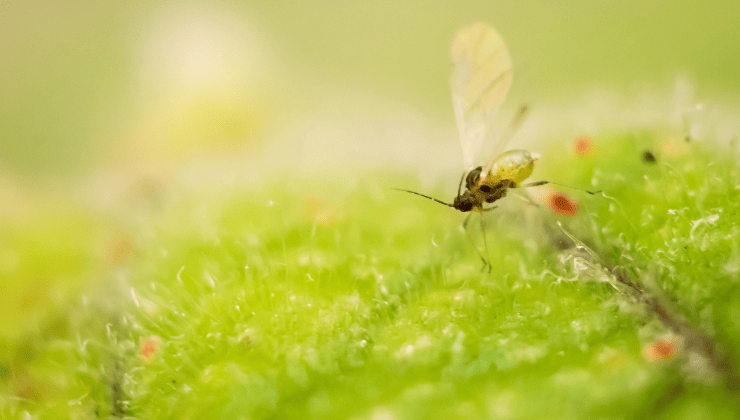-
HomeGarden CrittersInsects Fungus Gnats 101

Fungus Gnats 101
Fungus gnats are small, gray to black, delicate bodied nuisance flies that commonly develop in the growing medium of houseplants. Larvae of fungus gnats feed on algae, fungi, and plant roots in the soil. They will thrive in areas of moisture and are highly attracted to moist soils. In winter fungus gnats tend to be more noticeable, as watering practices may not have been altered to accommodate plants decreased need for water in fall and winter, allowing the soil to remain moist longer, creating an ideal condition for fungus gnat development,
To help minimize fungus gnat problems, allow soil to dry between watering (especially the top 1 to 2 inches). Dry soil will decrease the survival of any eggs or larvae hatching in the soil and make it less attractive to egg-laying female gnats. Repotting regularly, checking for root rot, or decaying plant material and refreshing soil and allowing for better drainage are additional cultural means of keeping fungus gnats at bay.
Other control measures include sticky traps (to catch flying insects) or soil applied insecticides.
Fruit flies are another common tiny flying insect problem in the home that are attracted to rotting fruit, or moist situations especially in bathrooms and kitchens, (or check your recycling bag for beer limes or unrinsed wine bottles). Fruit flies tend to be red to brown in colour and are more fly-like, while fungus gnats are more mosquito-like in appearance and will likely appear when watering or moving plants.
 Customer Support
Customer Support